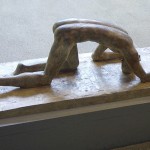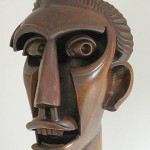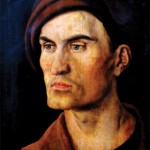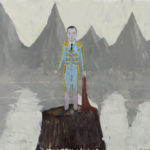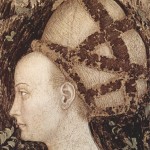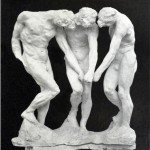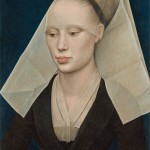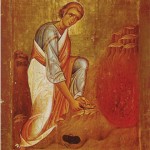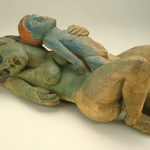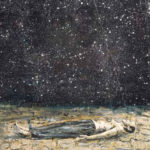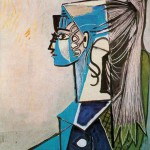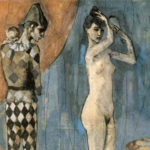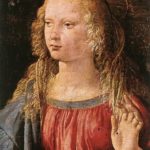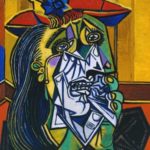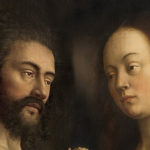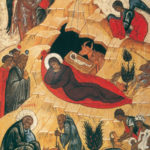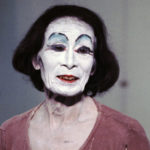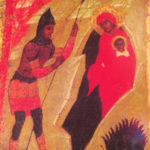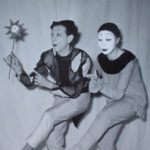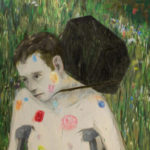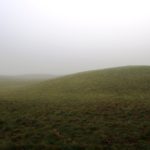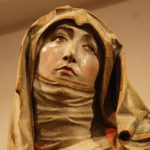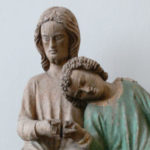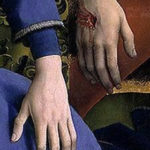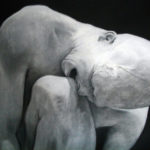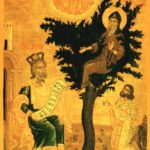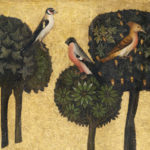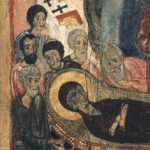Dear Reader,
Thank you for coming to this website. Your visit makes This Is Why I Came a collaboration, something more than I can make on my own. Thank you!
Writing this book began in a very dark moment. My first novel, The Memory Room, was published in 2002. I worked on a second novel full time for the next 12 years. I was trying very hard to understand the transformative events in my own life. That is always why I write. But each time I got a draft to the point where I thought it was really good, it came back a failure. At least once a year, a total re-fashioning. And failure.
By 2014 I felt I could not take one more disappointment. I sent off that new draft and when it came back a month later, it too had failed. But that reader said the portion about Zaccheus (a rather random section but one I loved) was very beautiful and he could see my writing a very short book of such monologues. He meant to be encouraging but what I heard was, the whole house is a wreck but this door knob is quite good.
Then I remembered how free I’d felt writing that small section, my imagination just flying. I sulked a few days then got up.
I was sick of my computer, the thousands of pages of Word files that documented a decade of failure. Sick of the sound of it, the keyboard, the whole set-up. Though I never write in journals I bought a beautiful one, just the right size and binding, and a box of my favorite black ultra-thin pens. I sat outside. The sun was harsh on the page. I just started. I wrote about Adam. Imagined him profoundly depressed because he couldn’t make a form he wanted to see, a form that would tell him who he was. It isn’t how the story goes in Genesis. God there makes all the animals and Adam just names them. But something felt really good and right about picturing Adam making all of them, each one missing the mark. And then a nice turn in the story came where he learns he didn’t really make them at all, and so forth. I wrote it in one sitting, straight out, with no changes.
It wasn’t until the manuscript had sold that I realized Adam’s story was the story of my failing the second novel. The more I examined the new small novel, I saw that all of the large issues I had been struggling to understand in that decade of writing found there place in the biblical characters as I shaped them to my own design. Noah. Mary Magdalen. Zaccheus. This makes sense because writing, like all art making, is largely unconscious. I also hadn’t worried about the Bible, whether or not it could take whatever I threw onto it. I’d thrown myself onto Bible characters since I was a very young child. When I heard these stories, though I was four years old or fifteen, I was Adam, I was John the Divine, I was Mary. So I just sat there with my Bible and journal and the soft sound of writing by hand. The stories came and came and came.
I didn’t do research. This isn’t an academic work. It isn’t biblical scholarship or Bible commentary. Our fictional protagonist, Bernadette, contemplatively sits and thinks about Bible characters as if they are real like herself. Asking herself questions like, why isn’t Joseph at any of the key events in Jesus’ life? Why was Jonah so angry when Nineveh repented? The brief description of the repentance is the most beautiful in all the Bible, to me. God was happy but Jonah was livid. Why? I sat on the couch for 3 days, reading and re-reading the Book of Jonah, wondering about that.
By the end, when I looked at my art books I saw my Noah in a canvas by Matisse. My Jonah in the Harlequins of Picasso. I saw my characters everywhere. Like one sees one’s lover in a crowd of strangers.
Bible stories are radically minimalist. The execution of Jesus is told in a few phrases, the story of Zaccheus in 206 words. But these stories open up and are spacious inside. The Bible, like all great art, is mostly emptiness. Like all great art, the Bible has many mansions. We go in the same way we go into the First Movement of Beethoven’s “Moonlight Sonata.” We take ourselves into its vastness. We can’t help it. We go in because it is benevolent. And it holds us. The Bible. Beethoven. Picasso. Matisse. And when we go in we bring ourselves. We fill the emptiness with ourselves. And in so doing, it becomes part of who we are.
Happy reading and thank you for your presence here,
Mary



